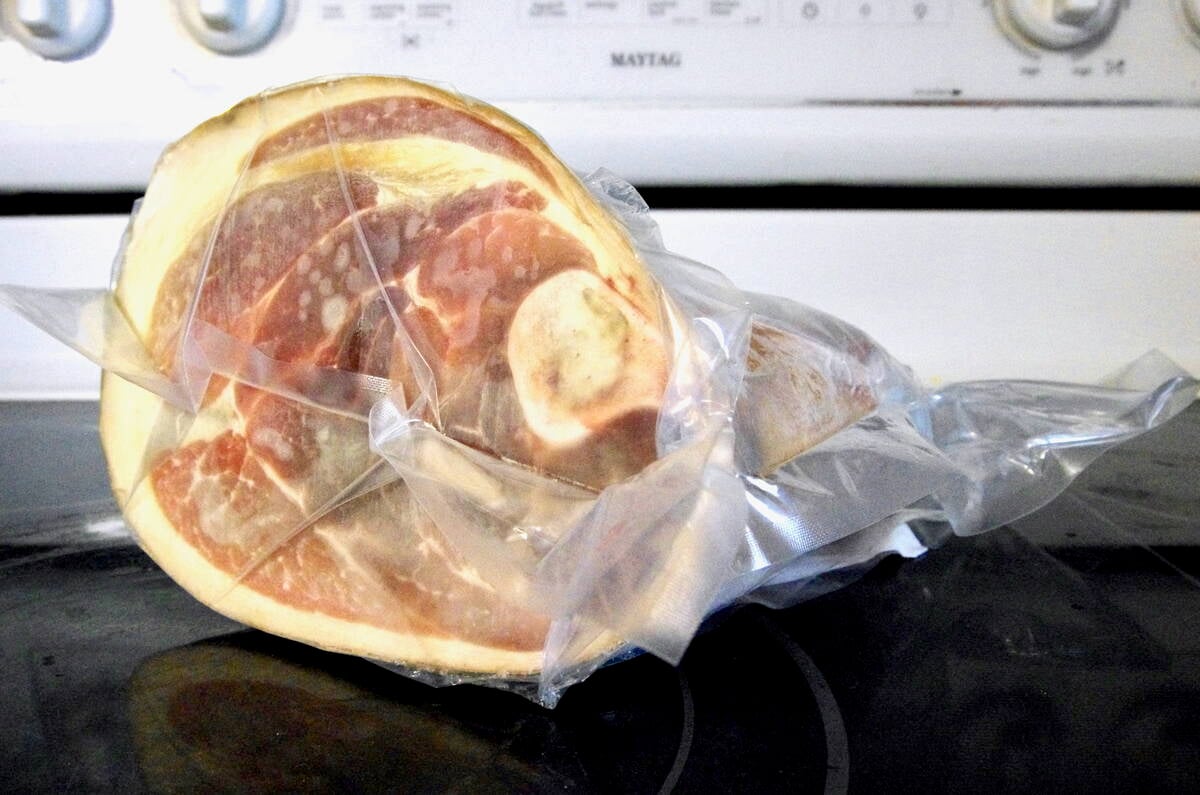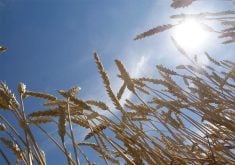Fusarium head blight has appeared in wheat and barley in Manitoba and portions of Saskatchewan this year.
“Growers with fusarium in their fields should adjust their combine louver openings and air velocities to blow the light-weight tombstone kernels out the back of the combine without blowing out too many good kernels,” said Michael Celetti, plant disease specialist with Saskatchewan Agriculture.
This technique, shown to be effective in Manitoba and North Dakota, reduces the fusarium-damaged kernels in the harvested grain.
Grain containing fusarium-damaged kernels should be stored properly to avoid further mould and toxin development. Wheat from fields with fusarium head blight should be dried to less than 14 percent moisture. Crops harvested for green feed should be stored at less than 20 percent moisture content.
Read Also

Trade war may create Canadian economic opportunities
Canada’s current tariff woes could open chances for long-term economic growth and a stronger Canadian economy, consultant says — It’s happened before.
Fusarium levels vary from field to field so each field’s crop should be placed in separate bins, said Celetti.
Some fusarium species produce a mild toxin in grain called deoxynivalenol (DON) that can affect weight gain in animals, particularly pigs if fed high concentrations.
But fusarium species that produce DON do not necessarily produce it at the same level in each field. So grain harvested from fields with fusarium head blight should be tested for DON concentrations before it is fed to livestock.
Grain can be tested for DON at the Canadian Grain Commission or other reputable laboratories.
Fusarium-contaminated grain that contains unacceptable levels of DON can be mixed with non-contaminated grain to dilute the toxin to acceptable levels.
Livestock fed a ration of fusarium-contaminated grain should be monitored to identify feed-
refusal problems.
Test seed
Grain harvested this year to be used as seed in 1999 should be cleaned to remove fusarium-damaged kernels. The cleaned seed should be tested for fusarium at a qualified laboratory before it is considered for seed. Seed samples with higher than five percent fusarium infestation should not be used for seed.
“And all seed should be treated next spring with a seed treatment that contains the fungicide thiram or maneb,” said Celetti.
He also said farmers should take normal precautions to avoid exposure to grain dust. It is hazardous whether fusarium is present or not.
The extent of this year’s fusarium infestation will be revealed later in the year by the results of a cereal disease survey conducted by Celetti, Geoff Hughes at the University of Saskatchewan and Myriam Fernandez at the Semi-Arid Prairie Agricultural Research Centre, Agriculture Canada, Swift Current.














